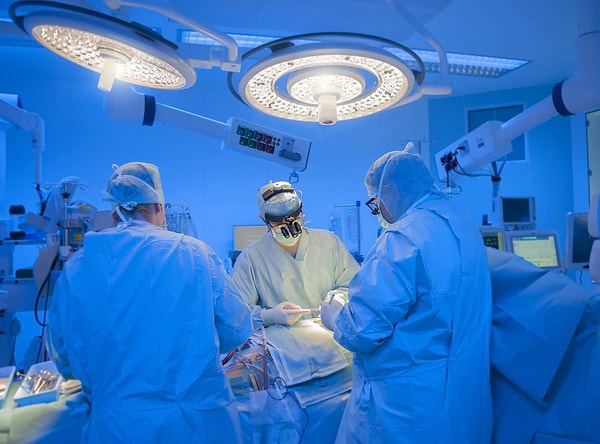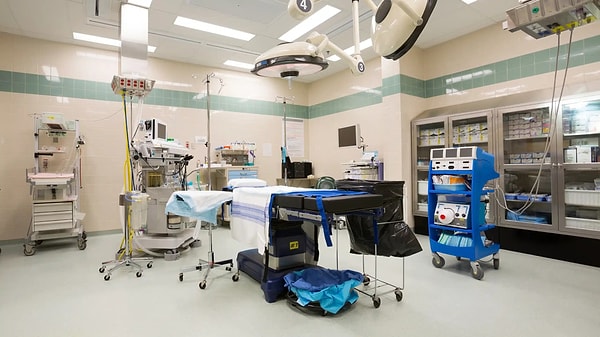Why Are Operating Rooms So Cold?
The coolness of operating rooms is one of the most frequently wondered about details by patients. Most people assume this is done to reduce the risk of infection, but the reality is somewhat different. This low temperature is actually a necessary condition for doctors. After all, surgeons work under hot lights for hours on end, swathed in layers of sterile clothing.
Let's delve into why operating rooms are kept as cold as ice together.
Why are operating rooms always so chilly?

In the past, it was believed that lower temperatures reduced the risk of infection. However, subsequent research has demonstrated the exact opposite. In a cold environment, a patient's body temperature drops, leading to a decrease in blood flow to the tissues. When blood circulation decreases, the body struggles more to fight off infection.
The truth we know today is that the primary reason for keeping operating rooms cool is for the comfort of the surgeon and their team. This is because doctors are required to wear thick sterile gowns, masks, gloves, goggles, and sometimes even lead vests during operations. Underneath these layers, the intense heat radiated by the surgical lamps significantly increases the sensation of warmth.
Therefore, if the room is not kept cool, it can result in a temperature that could potentially distract the team in the middle of the operation.
The patients are feeling chilly, yet the doctors are breaking a sweat.

During surgery, the temperature in the room is typically set between 18 and 20 degrees. While this temperature creates an ideal working condition for surgeons, it means quite a cold environment for patients. However, special measures are taken to prevent the patient's body temperature from dropping during the operation.
Patients are often supported with heated air blankets, hot water bottles, or heated serum fluids. In this way, by maintaining body temperature, the slowing down of blood circulation is prevented. This is because a patient getting cold can negatively impact not only the risk of infection, but also heart rhythm and blood pressure.
The ideal temperature in operating rooms varies according to individual preferences.

There isn't a single standard temperature for every operating room. It can vary from surgery to surgery, and even from one doctor to another. For instance, orthopedic surgeons might prefer a cooler environment because they wear lead vests for protection against x-ray radiation. On the other hand, some surgeries might require the room to be kept a bit warmer.
Moreover, the duration of the surgery, the equipment used, and the patient's condition also influence the temperature setting. In lengthy heart surgeries, for example, the room is generally kept cooler due to the lights running hotter. Conversely, for shorter operations, the room temperature can be raised.
Keşfet ile ziyaret ettiğin tüm kategorileri tek akışta gör!

Send Comment